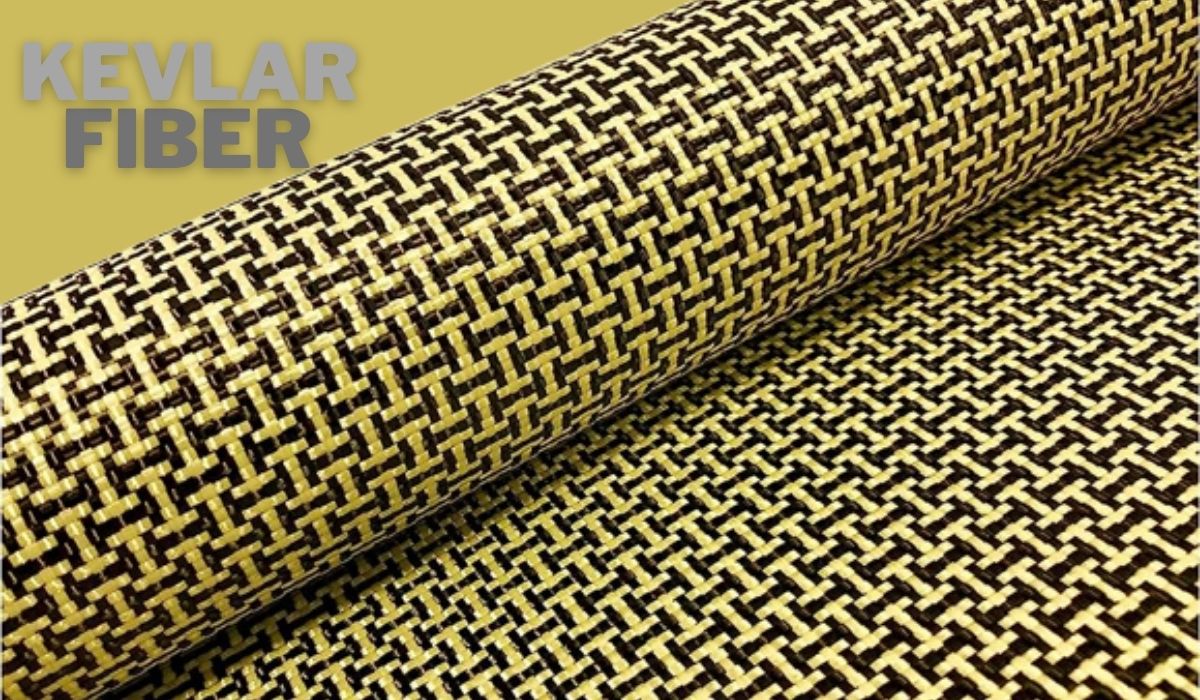Kevlar’s amazing strength, durability, and adaptability have caused it to cause a revolution in many different fields. Kevlar, a material developed by DuPont, is widely used for PPE, as well as in the aerospace, automotive, sports, and industrial sectors. In this essay, we’ll investigate Kevlar’s from every angle, looking at where it came from, what it can do, and what kinds of interesting developments the future may bring.
What is Kevlar
Kevlar’s is a man-made fiber that was developed from the chemical family known as aramids. For its light weight compared to its tensile strength, as well as its resilience to impact, puncture, and heat, it is highly prized. Kevlar’s exceptional characteristics make it a top pick for many uses where durability and safety are paramount.
The History of Kevlar
Stephanie Kwolek, a researcher at DuPont, invented Kevlar in the 1960s. Industries were initially skeptical, but its remarkable durability and portability quickly won them over. The use of Kevlar in bulletproof vests quickly gained widespread recognition because of the material’s effective protection of military and law enforcement personnel.
The Properties of Kevlar
Kevlar is exceptional in comparison to other materials because of its many special qualities. Although much lighter than steel, its tensile strength is five times that of the metal. Furthermore, Kevlar is very dependable in harsh conditions because of its exceptional resistance to abrasion, chemicals, and flames.
Applications of Kevlar
Kevlar’s adaptability makes it suitable for usage in a wide variety of contexts. Let’s take a look at some of Kevlar’s most common applications:
Kevlar in Personal Protective Equipment (PPE)
Kevlar’s is a crucial part of PPE because of its extraordinary strength and resistance to high-velocity impacts. It’s used extensively in the production of protective gear for law enforcement, military, and first responders, including bulletproof vests, helmets, gloves, and body armor.
Kevlar’s in Aerospace and Defense
Kevlar’s lightweight and high-strength qualities are particularly useful in the aerospace and defense industries. A wide variety of aircraft and spacecraft parts, including fuselage panels, landing gear doors, and rotor blades, are made from this material. Kevlar’s indispensability in these pivotal uses stems from the material’s resistance to high temperatures and impacts.
Kevlar‘s in the Automotive Industry
When it comes to improving vehicle security and functionality, Kevlar is indispensable. Tires, brake pads, gaskets, and panel reinforcements are all made use of it. Because of its high resistance to heat and friction, Kevlar is a great material for increasing vehicle efficiency and protecting passengers.
Kevlar in Sports and Recreation
Kevlar’s extraordinary strength and flexibility have made it a favorite for use in a wide range of sports and leisure pursuits. Because of its ability to increase protection without reducing mobility, it is frequently utilized in the manufacturing of sporting equipment like helmets, gloves, and shoes. Kevlar’s low weight is another way in which it benefits sports like cycling, skiing, and auto racing.
Kevlar in Industrial Applications
Due to its durability and indestructibility, Kevlar is widely used in the business world. It is used in machinery that experiences heavy wear and tear, such as conveyor belts, hoses, cables, and more. Because of its durability and resilience to chemicals and high temperatures, Kevlar is used in many different types of industrial applications.
Future Innovations and Advancements in Kevlar
The future of Kevlar is bright as technology advances. Researchers and engineers are always looking for new and better uses for Kevlar and ways to enhance its qualities. Kevlar’s strength, adaptability, and resistance to the elements are all predicted to be improved by the development of new manufacturing processes including nanostructuring and polymer blending.
The Environmental Impact of Kevlar
Although Kevlar can be used for a wide variety of purposes, its influence on the environment must be taken into account. Kevlar is not biodegradable because it is made from synthetic materials. Sustainable alternatives and recycling technologies are being developed, however, to lessen its impact on the environment.
Conclusion
Because of its unparalleled toughness and adaptability, Kevlar has had a major impact in many different sectors. Kevlar has demonstrated its worth in a wide variety of uses, including personal protection equipment, sports performance enhancement, and vehicle and aerospace safety. We can anticipate more developments and uses that make use of this extraordinary material as technology improves.
FAQs
Can Kevlar’s withstand extreme temperatures?
When it comes to stopping bullets and other high-velocity projectiles, Kevlar’s really shines. It is ideally suited for use in the production of bulletproof vests and body armor due to its great strength and flexibility.
Can Kevlar’s withstand extreme temperatures?
The answer is yes, Kevlas’r can withstand high temperatures very well. Because it retains its mechanical qualities even when exposed to extreme heat or cold, it can be used in a wide range of contexts.
Is Kevlar’s used in everyday consumer products?
Kevlar’s may be most familiar in its specialized applications, but it can also be found in common consumer goods like cell phone cases, suitcases, and even musical instrument strings. It is favored for use in certain contexts due to its strength and longevity.
How is Kevlar’s different from other synthetic fibers?
Kevlar’s resistance to impact, heat, and chemicals in addition to its remarkable strength-to-weight ratio make it stand out among synthetic fibers. It is also a desirable material in demanding applications due to its high flexibility and outstanding durability.
Can Kevlar’s be recycled?
You may reuse and recycle Kevlar. Although Kevlar’s is not biodegradable as a synthetic material, it can be recycled and reused to lessen its negative effects on the environment.











